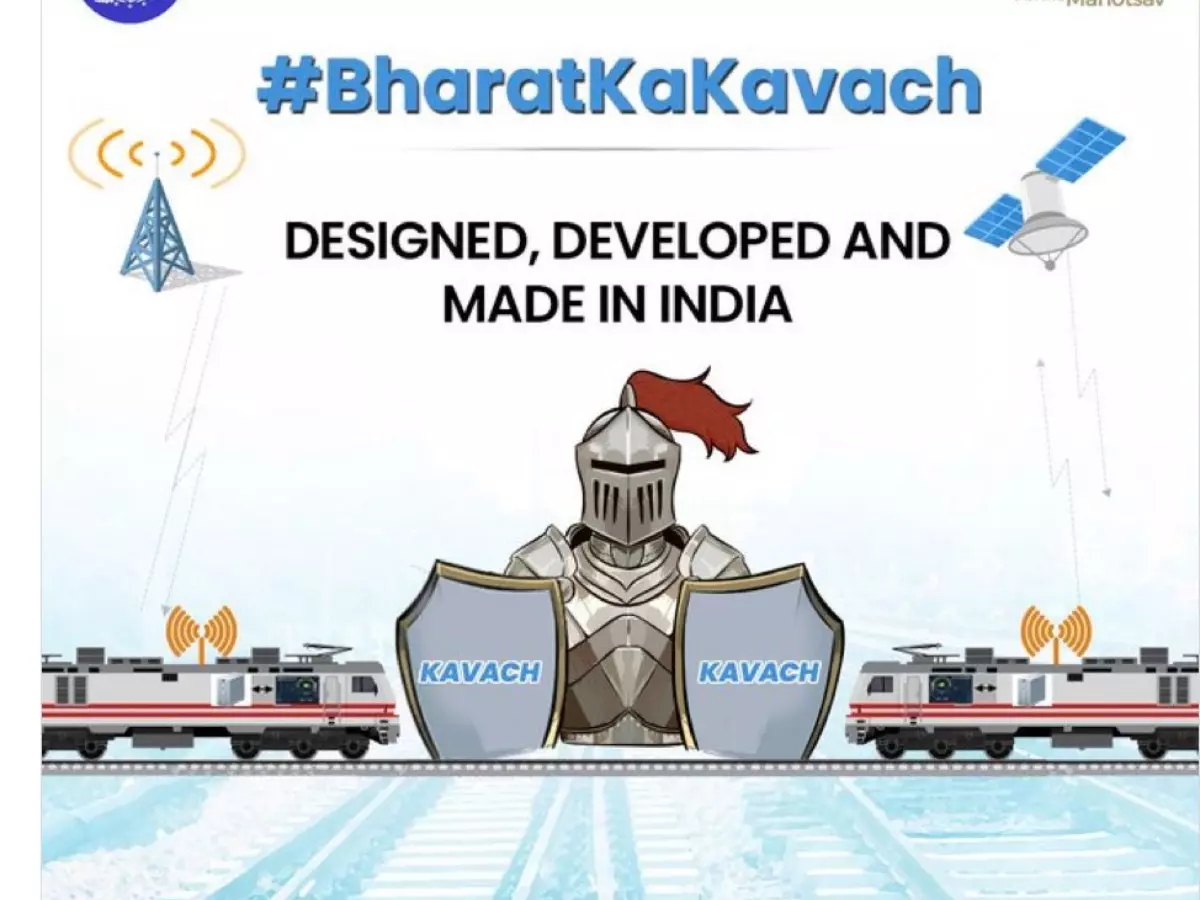What Is Kavach And How The Safety System Of Railways Could Have Averted The Balasore Tragedy?
On Friday evening, a triple train crash in Balasore, Odisha, killed over 260 people. Two trains, a passenger and a goods carrier, came on the same track.

Following the deadly triple-train crash in Balasore, Odisha, on Friday evening, which killed over 260 people, several questions are being asked about how a tragedy of such a magnitude was allowed to happen.
The trigger of the chain of events was two trains, a passenger and a goods carrier, coming on the same track.
 REUTERS
REUTERS
The Shalimar-Chennai Coromandel Express derailed near Bahanaga station in Odisha's Balasore after hitting a goods train, and some of the derailed coaches fell onto an adjacent track, on which train number 12864, Bengaluru-Howrah Superfast Express, which was on the way to Howrah, was travelling. It resulted in the second crash and some of the third train's coaches overturning.
It is suspected that a possible signalling failure could have resulted in the two trains being on the same track.
 REUTERS
REUTERS
No Kavach on the accident route
But many have pointed out that this would not have happened if the Indian Railway's own indigenous collision prevention technology called 'Kavach' was in place.
Railway spokesperson Amitabh Sharma said that the route in which the collision took place on Friday did not have the 'Kavach' system installed.
 BCCL
BCCL
What is Kavach?
Kavach alerts when a loco pilot jumps a signal (Signal Passed at Danger -- SPAD), which is the leading cause of train collisions.
The automatic train protection (ATP) system was developed by the Research Design and Standards Organisation of the Indian Railways jointly with three Indian firms -Medha Servo Drives Pvt Ltd, HBL Power Systems Ltd, and Kernex Microsystems.
 BCCL
BCCL
The system can alert the loco pilot, take control of the brakes, and automatically bring the train to a halt when it notices another train on the same line within a prescribed distance.
How does Kavach work?
When a train moves a red signal, if it is not allowed to do so, a message is transmitted in danger. If the loco operator fails to manage the train's speed, 'Kavach' manages the speed by applying brakes automatically. Using high-frequency radio contact, it operates on the principles of continual movement updates. It also meets and exceeds the level of safety certification, SIL-4 (Safety Integrity Level - 4).
 INDIAN RAILWAYS
INDIAN RAILWAYS
Additionally, once the system is engaged, all locomotives within a 5-kilometre radius will completely stop to safeguard trains on nearby tracks. According to officials, loco-pilots and assistant loco-pilots typically crane their necks out through the window to look for warning signs and signals.
One-in-10,000-year error margin
In February 2022, Railway Minister Ashwini Vaishnaw had said that Kavach, the anti-collision system designed in India to minimize train fatalities efficiently, reduces the possibility of a mistake to a one-in-10,000-year margin.
 BCCL
BCCL
"The indigenously created anti-collision system is SIL4 certified, which indicates there is a likelihood of a small mistake in 10,000 years," he had said.
?? ?? Train Derail ???? ????? Railway Track ?? ? ??? ??, ?? 'Kavach' ???? ????
¡ª Srinivas BV (@srinivasiyc) June 3, 2023
300 ?? ????? ?????, ???? 1000 ??? ????? ?? ??????? ????? ?? ??? ??? ?? ????????? ????? pic.twitter.com/Ys3RGZFRVS
The first field experiments on passenger trains began in February 2016, and depending on the findings, Kavach's preliminary standards were finalized in May 2017.
For more on news, sports and current affairs from around the world, please visit Indiatimes News.
